AO Edited
The Sir William Wallace Statue
This massive, 30-foot-tall statue of the famed Scottish knight overlooks a grassy knoll.
The William Wallace Statue was commissioned by the 11th Earl of Buchan to represent the man affectionately known as “Braveheart.”
Wallace was considered one of Scotland’s great heroes. The “Guardian of Scotland” played a hugely important role in the battle against England for Scottish independence in the 13th century. On August 5, 1305, English forces captured Wallace, likely by treachery. 18 days later, Wallace was hanged, disemboweled, beheaded, and quartered. In 1306, Robert the Bruce took up the cause and eventually succeeded in winning Scottish independence.
David Stewart Erskine, the 11th Earl of Buchan, commissioned this statue of Wallace in 1814. At the time of its erection, it was painted white, although the paint has long since peeled away and faded.
The statue depicts Wallace in red sandstone and shows him standing, taking in the views over the River Tweed below. The statue stands 30 feet (9.4 meters) high. John Smith of Darnick, a self-taught sculptor, worked from a portrait of Wallace found in France to make the statue. Smith’s statue shows Wallace clad in medieval Scottish armor, with a sword in his right hand and a shield hanging from his left.
Know Before You Go
There is a small car park just off the B6356 near the head of the waling route to the statue. Please park considerately as the area is used by other walkers, and bays are not marked.

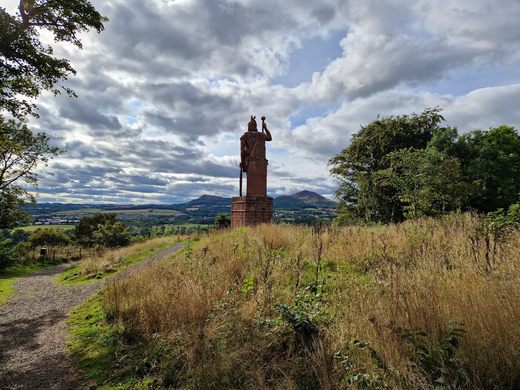


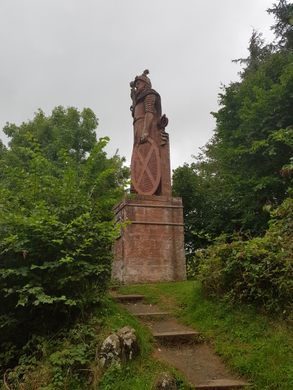
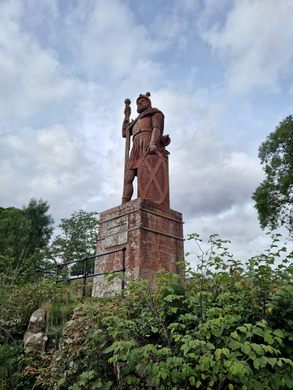
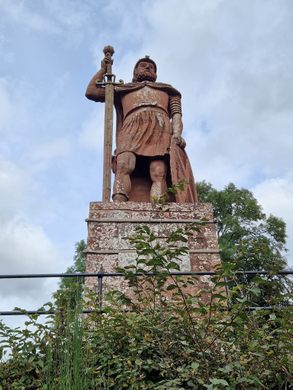








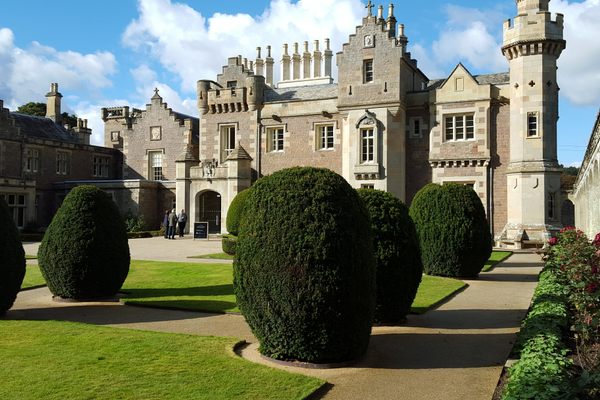

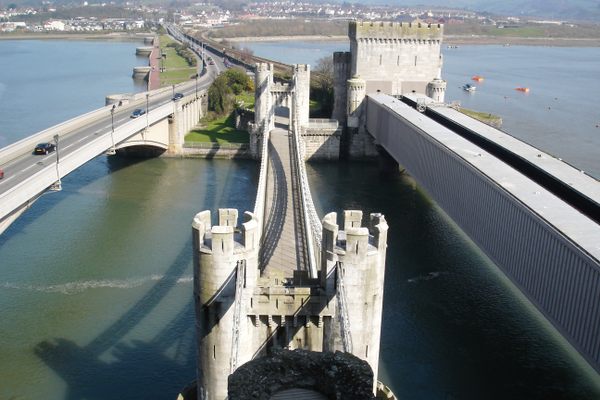



Follow us on Twitter to get the latest on the world's hidden wonders.
Like us on Facebook to get the latest on the world's hidden wonders.
Follow us on Twitter Like us on Facebook